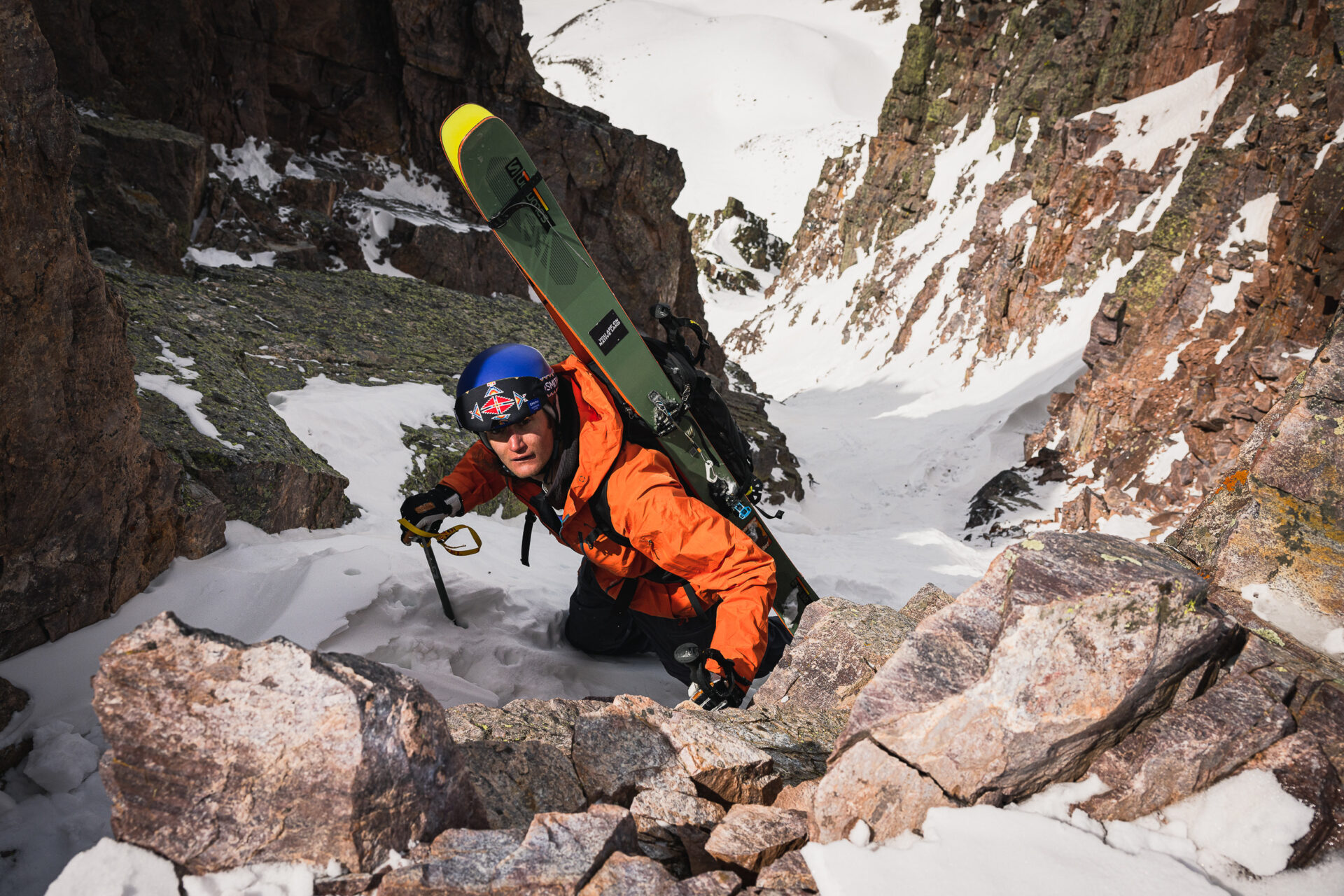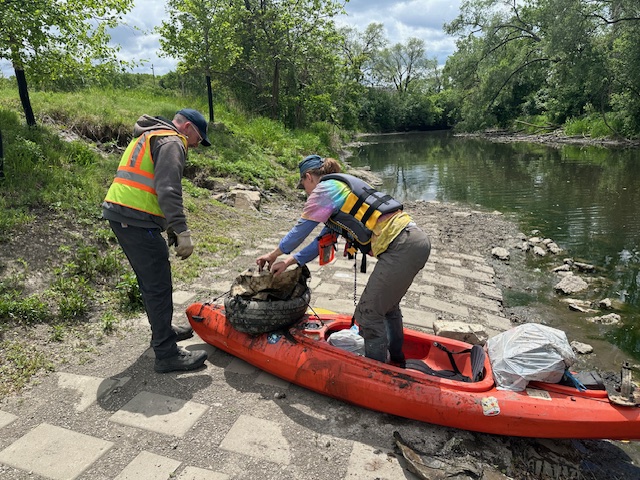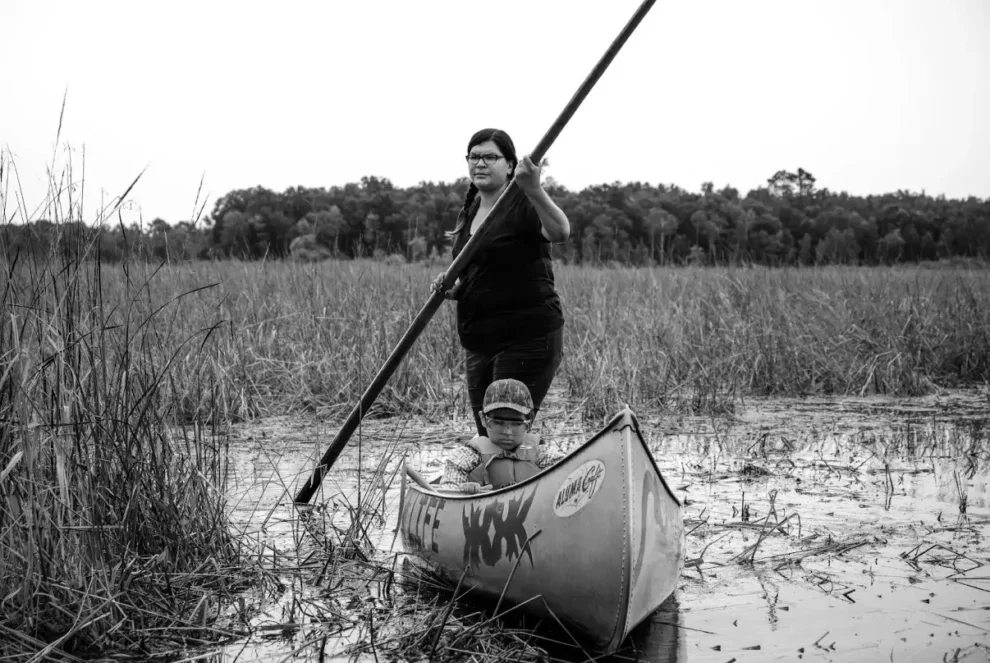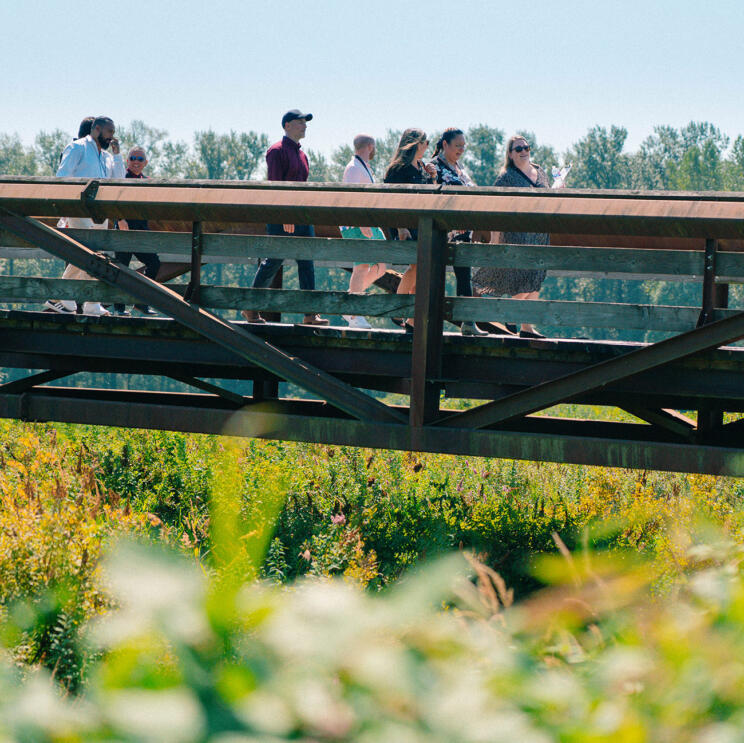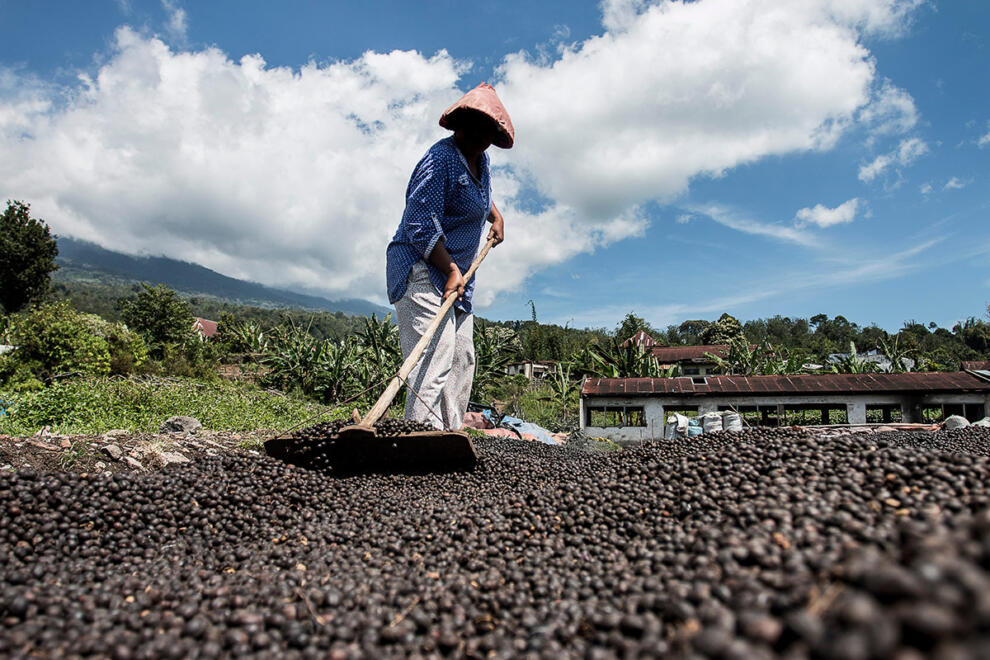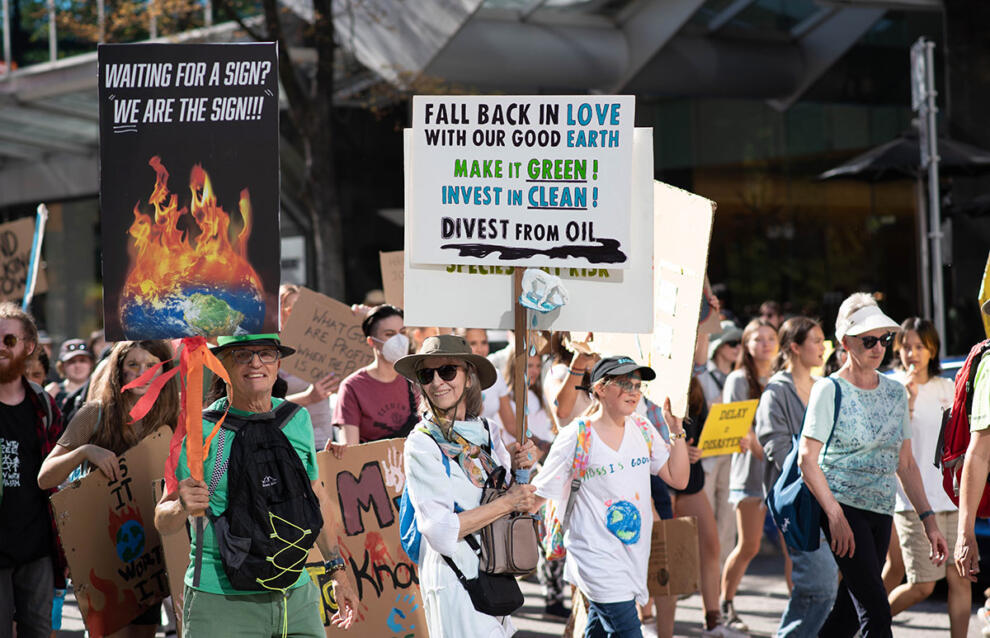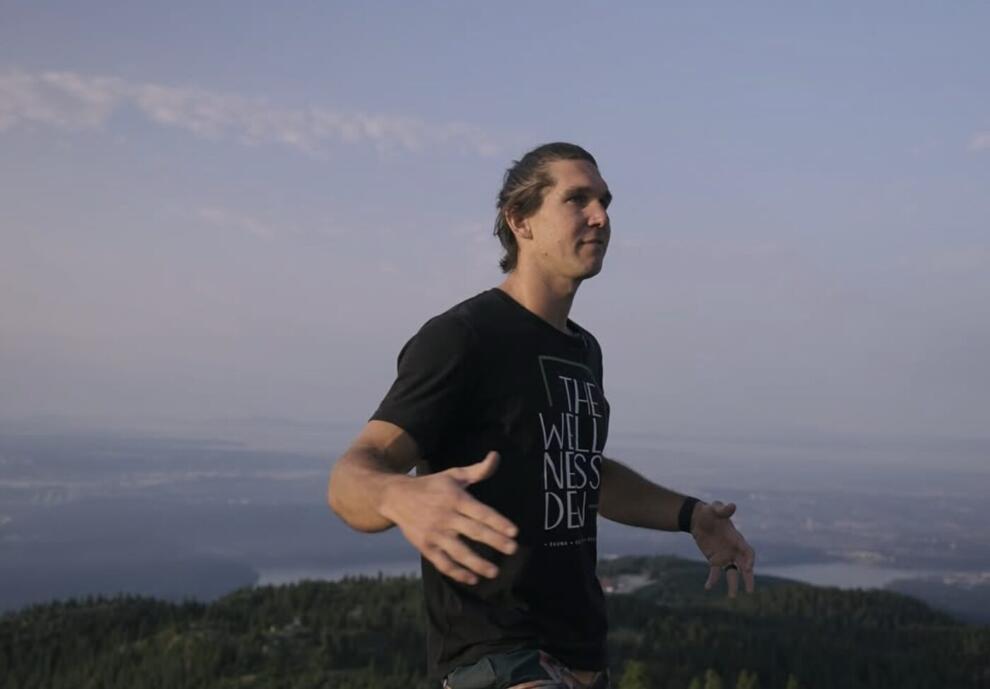Redefining Radical: the Lakota Skier Shifting an Industry’s Perspective
The 2022 ski film, Spirit of the Peaks, starts similarly to most works in its genre. A philosophical reflection; a beautifully shot, energetic opening sequence; a title. Then, instead of the first tones of pulsing electronica or rousing rock, something completely different. A headlamp looms from the calm dark of early morning to the beautiful haunting tones of a traditional song sung in Lakȟótiyapi. The singer is pro skier Connor Ryan. He sings in greeting to the ancestral spirits of the mountains, paying respect to the place itself and the Ute people who lived here before they were forced from the land. A sense of responsibility to the people who called these mountains home, and by extension to the mountains themselves, weighs heavily on Connor’s conscience.
As the first snows of a new season fall in the mountains around Vancouver, I reach Connor on the line where he lives in Winter Park, Colorado.
“Hello Paul, you there? We have a pretty good signal up here, but we are still in the mountains. The signal just blows away on a breeze sometimes.”
Connor grew up knowing he was Hunkpapa Lakota but without much cultural connection to his roots. He knew he was from the Standing Rock Sioux Tribe. His mother had a list of the names of his ancestors and that was about it. Connor’s grandfather was taken as a teenager straight from the monstrosities of a Native American boarding school to the horrors of World War II. It’s unclear how much of his cultural identity had survived the institutions designed to snuff it out. He never came home.
Connor’s mother grew up in Los Angeles, physically and spiritually distant from the land her own father had been ripped from. In Connor’s early years, she raised him as a single mother. There wasn’t time or space for exploring what it meant to be Lakota.
When Connor was 21, his love for Hip Hop would lead him to discover Native rapper Supaman. “Hip Hop music was how I related to the whole world and suddenly I found music that was, like, just about the Indigenous struggle. And it was my kind of music.” Connor took a trip to Black Hills in South Dakota, the most sacred of places for the Lakota, to see Supaman perform.
“When I was up there for the first time is where I met folks who would later bring me into the sweat lodge, and give me that cultural teaching and initiation.”
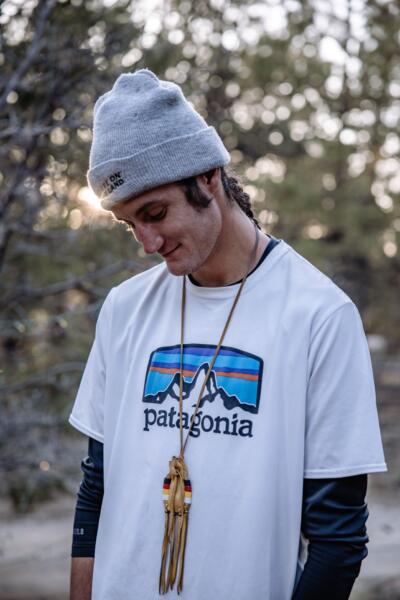
While urban music would reconnect Connor with a sense of his cultural identity, skiing would facilitate a real appreciation for a crucial aspect of that identity: an unbreakable connection to nature. Although, as Connor points out “of all the hundreds of Indigenous languages that have existed on this continent . . . almost none of them have a word for ‘nature’ because it wasn’t something you could exit or leave.” The very idea of ‘nature’ as a sphere that exists somehow separately from human life is a Western construct. For Connor’s ancestors, ‘nature’ was just life. It was home. It was so much everything everywhere that it wasn’t a ‘thing’ or a ‘place’ at all.
It’s this deep connection to the natural world, and the ancient wisdom that comes with it, that forms much of the focus of Spirit of the Peaks. The film gives a candid and clear perspective on a number of issues, from the intimate relationship between skiers and the hydrological cycle, to the importance of respecting and learning from Indigenous wisdom around that cycle, to the responsibility of the outdoor industry to acknowledge the historically Indigenous space within which it operates, and the responsibility to the communities that first inhabited that space.
When Connor was 24, he moved to Washington from his home in Colorado. The move came with a financial burden, and accessing ski hills is notoriously expensive. Despite owning the gear he needed, Connor couldn’t afford to go skiing. Driving between Colorado and Washington, Connor would pass through Montana, the traditional homelands of the Lakota, reflecting on his position.
“The issue of access can be especially painful for Indigenous folks to have to pay someone to have access to the land that your people are displaced from. And in the process of being mad at that, you can’t really be mad at the ski area. They didn’t invent capitalism or all the systems that we have in place of how we access land.” Instead of directing anger at the ski areas, Connor reached out to an industry player for help.
“Honestly, I didn’t know if they would care at first. When I reached out to Ikon Pass, I said, ‘we ought to do something about this.’ They responded to me in, like, 15 minutes and were like, absolutely, ‘you’re right’.” This was the start of Connor’s Indigenous ski scholarship program.
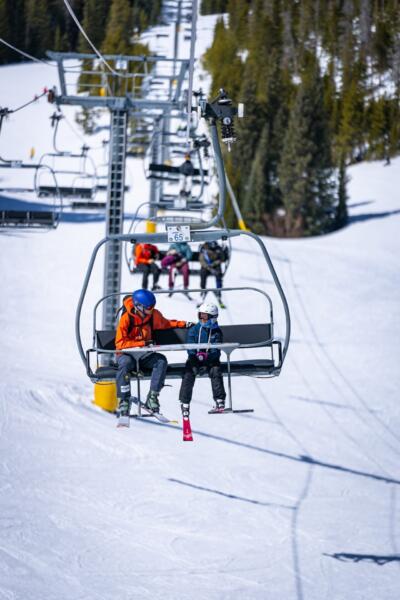
For the 2023/24, ski season Connor, with the help of Ikon Pass, will empower 30 Indigenous skiers and snowboarders to pursue their sport with access to ski hills, lessons and gear rentals.
“In some ways, it’s a small number. But at the same time, when Snowsports Industries America did their research, here in the States, Native American people make up less than 1 per cent of skiers. So, to our community, 30 people who may not have been skiing this year without the program, is actually a pretty significant portion for us to start addressing.”
It is, in part, the huge success of Spirit of the Peaks that has enabled Connor to increase his influence and impact. Connor refers to the film as having “thrown a handful of fuel on the fire” but considering the film’s partial focus on water conservation, a hydrological metaphor is perhaps more apt. Instead of trying to swim upstream or dam the flow of the ski industry, Connor has gone with the flow. He made a ski film, leaning into the industry’s best established tool for communicating with its audience. With his voice, and his message, he used that film to carve out a new route through the landscape, and the flowing waters of the industry have followed with interest and intent. In 2022, Connor was named by Outside Magazine as one of the “20 Most Influential People in the Outdoor Industry.”
Connor’s next project, a series titled “The New Radical”, will focus more storytelling around Indigenous communities, filmed by Connor and his old friend, Indigenous cinematographer Isaiah Branch-Boyle.
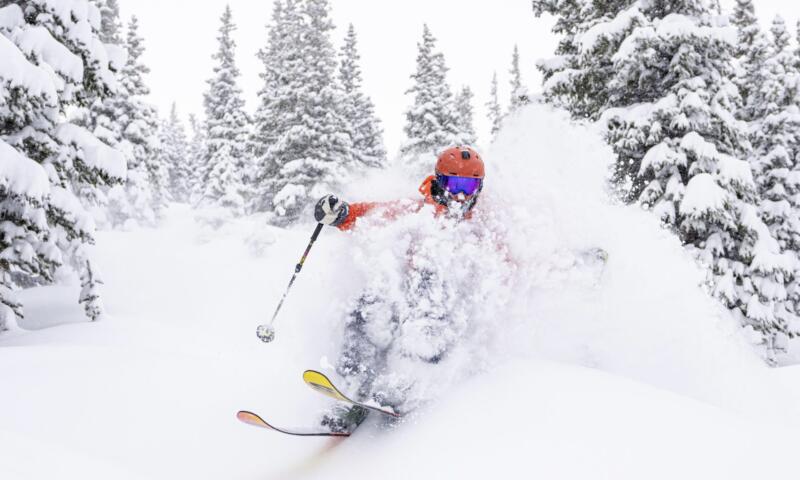
“There’s just something different about showing up with an all-Indigenous crew, in another Indigenous community to make films. There’s a level of understanding and nuance that we get to bring to that, that I’m really excited to celebrate with this project. We wanted to completely have it come from our heads and our hearts and our imaginations. Because that’s what the ‘new radical’ is.”
It’s the trend toward a new way of looking at the sport he loves so much that really excites Connor. He tips his hat to the influential figures within the ski industry who are rethinking what it means to be a leader in the sport; questioning what it means to be ‘radical’. “So many people I know, many of whom are the skiers who can do the craziest tricks and ski the wildest lines in the world, are also ones who are really hungry for that change, whether it comes to climate or community or whatever it is.”
Just as it was Connor’s haunting song in Spirit of the Peaks that first struck me, it’s the musical metaphor he uses to express hope for the future that sticks with me now. “Sometimes an album comes out and you feel like, damn, this is the sickest album ever. And you share it with someone but they just weren’t quite ready for it. And then a year from then, you would hear them bumping the same album. And then 10 years from then, it’s a classic album and everybody knows the words to it. And I think that’s kind of how cultural change works. Where at first you do something new, and it’s scary and there’s this edge and this uncertainty to it. And then over time this new thing, and the next new thing, get to be even bigger and more out of a dream.”
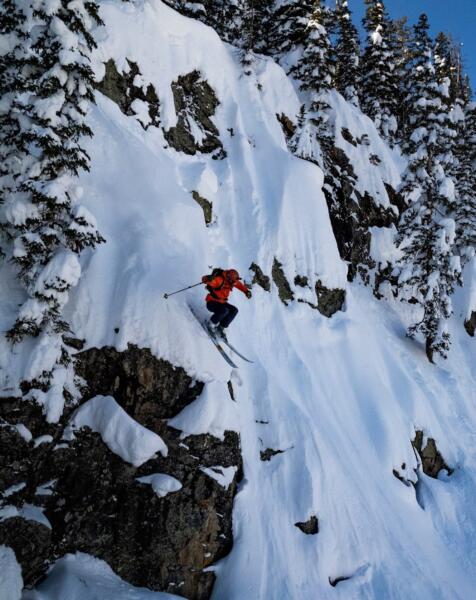
HOW YOU CAN HELP:
Follow Connor on social media @sacredstoke and engage with his leadership in the space.
Watch Spirit of the Peaks and The New Radical
Support organizations working to increase access to outdoor spaces for Indigenous people. Local Vancouver examples include Indigenous Women Outdoors and Indigenous Life Sport Academy.
Question some of the paradigms through which you’ve been taught to view the world. The very concept of ‘wilderness’, for example, denotes areas ‘uninhabited by man’ and ignores the lived experience of Indigenous peoples who did live in those areas and may have been forcibly removed from them.
Spend time and invest effort in breaking down the perceived ‘otherness’ of indigenous peoples that has been so deeply entrenched through historical racism. Lean into our shared humanity to do this. For example: on a hike to a glacial lake a friend recently asked ‘do you think the First Nations people who lived around here would have climbed this mountain back in the day?’ When you ask yourself questions like this, try to realize that the question only arises because discussion and education around Indigenous peoples almost always focus on a point of ‘difference’. You don’t need an historical record of mountain ascents to know that exploration and imagination are at the core of what it is to be human.
